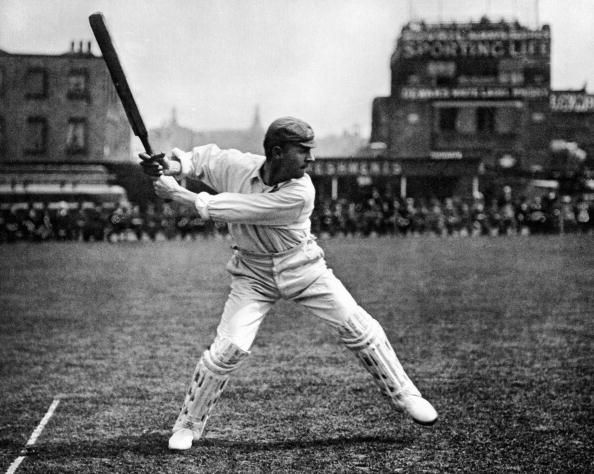
Blast from the past – The best XI that should have played T20
Twenty20 is a funny game. On one hand, the purists say that it has killed the charm of Test cricket and ruined the technique of many a budding batsman or a bowler. On the other hand, in the last ten years, the scoring rates have gone up, more wickets are falling and hence, more Tests are producing results.
Clearly, there is a link somewhere. In fact, quite a few of the so-called match-winners from the days of yore could have easily walked into an IPL franchise for a price he quoted. We take a look at the all-time best XI who should have played the newest version of the game. To avoid statistical anomalies, I have taken a look at all the international matches across Tests and ODIs till 31st December 1990 and kept a cap of 1000 runs for batsmen and that of 100 wickets for the bowlers.
The openers

Victor Trumper
Before Don Bradman, there was Victor Trumper. Many would argue that Trumper was a better bat in the middle order but in Twenty20 cricket, you need to make a statement, and right up front, no one could do better at that than the Thumper. Conditions did not challenge him; his hand-eye coordination and sweet timing were independent of any external influence. He could play percentage cricket at will; what made him special was his ability to notch up the big hundreds with his unorthodox hitting. Virender Sehwag would have been impressed. For me, Trumper would be the best man to take strike against the likes of Lasith Malinga.
Partnering him at the non striker’s end would probably be the most baffling selection of this XI – an Englishman from the sixties. Bob Barber was a feisty left hander who had a thumping drive and a fierce pull. The Australians got a taste of this in Sydney in 1966 when he laid them to the sword with an innings of 185 which included strokes to all corners of the ground. Barber however was too ahead of his times, at least for England. He was replaced in the England side by a stodgy Yorkshireman who would go on to play 108 Tests for England and develop the gift of the gab. Barber could bowl too and his big spinning leg-breaks were a rarity for an English spinner. The ideal bits-and-pieces cricketer you would want in your side.
One down
Not too many people can keep Viv Richards out of a number 3 position in a Twenty20 match. In my opinion, the only man who could do it is Clem Hill. On his day, Hill was as potent as Trumper if not more and the reason he makes it to my team is because of his exceptional play on the leg side. While he had a solid drive and good wrists to cut, Hill scored most of his runs on the onside with his exceptional sense of timing and placement. His fielding in the deep would have also been an asset in this era of big-hitting.
Second drop
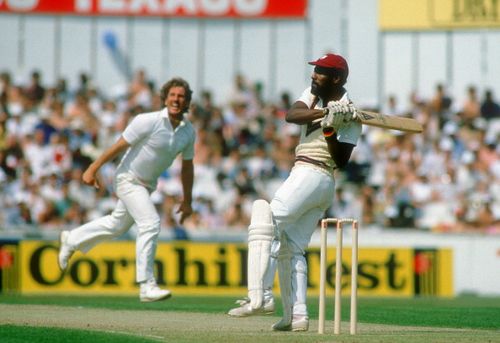
Viv Richards
There are not too many options seriously. At number four, you need to have the gum chewing broad shouldered West Indian wind-milling his arms and swaggering out to the middle. The very sight of Viv Richards would send a shiver down the spine of any opposition worth or not his salt. Bowl outside off stump and he would drive you over covers. Bowl short and he would hook you in front of square. Bowl straight and stand the chance of losing your head. How, just how, could this man not have played Twenty20 cricket if he played in the current time? Two five wicket hauls in ODIs would just be an added incentive.
Number five
Another West Indian, although this one might raise a few eyebrows. Gus Logie is generally not considered amongst the greatest of West Indian batsmen but given a chance, he could produce many a chanceless innings. If not for his inconsistency, Logie could have staked a claim to the Hall of Greats for West Indian batsmanship. But then, inconsistency is never an issue in Twenty20. At number 5, Logie would provide the perfect foil for the flashing blade of Richards as well as for the quick scoring all-rounders to follow.
Number six
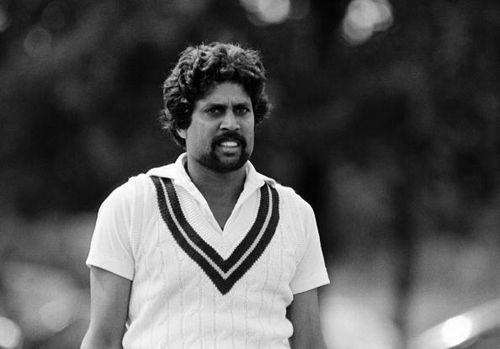
Kapil Dev
Of all batsmen who have batted at number six across all formats before the cut-off date, Arjuna Ranatunga has the second highest strike rate of around 63. The batsman who tops the chart at number six has a strike rate of 97 plus. Ladies and gentlemen, presenting to you the inimitable Kapil Dev. Kapil could walk into any side – Test, ODI, Twenty20 – on the dint of his bowling alone. In my team, he would be the third pacer but, more importantly, the batsman who would take it to the opposition bowlers in the death overs. And, in doing so, he would lead the side by example. The expectations are high but then you cannot expect less from India’s Cricketer of the Century.
Number seven
If Kapil bats at six, Ian Botham cannot be left far behind. Although one might argue that it is in the better interests of the team if Botham bats at number five, I disagree. After all, he would be my first change bowler and batting so high would take a lot out of him. Number seven is just fine for his phenomenal power hitting and the outswing would make him a more than effective change bowler.
The ‘keeper
Finally we have our wicketkeeper. Number eight is too low a position for a modern day wicketkeeper batsman but, in such a star studded lineup, the incredulously difficult named Ian Smith would find it difficult to bat higher. A one-day strike rate of 99 plus in that era and that mind numbing assault on Atul Wassan en route to 173 off 136 balls in a Test match quells all doubts about his abilities though. Compact and efficient behind the stumps, Smith was good enough to claim seven catches in an innings against Sri Lanka and lasted an entire decade as the Black Caps ‘keeper.
The new ball bowlers
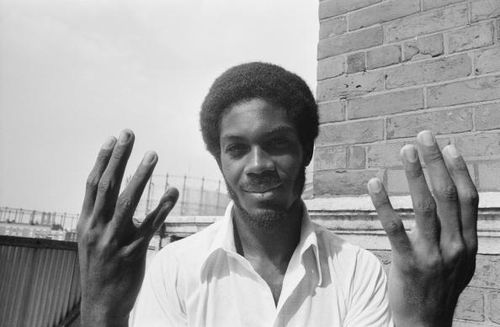
Michael Holding
The fastest bowler of all time on the basis of consistency. They called him the ‘Whispering Death’. For ignorants and ignoramuses, Michael Holding will hold the new ball for my side. Ask Geoffrey Boycott about Barbados 1981 and that over, and he will tell you why. I can guarantee that few opening batsmen from the opponents will be impressed. And six Test half centuries suggest a handy lower order option in case my fancied top order undergoes an unlikely collapse.
Choosing his partner is a more difficult option. On a greentop, it has to be Joel Garner. Big Bird could crank up the pace by more than a bit and his height would help him to deliver short balls from just short of length. The smartest weapon in his repertoire though is the yorker – the nemesis of an Twenty20 batsmen. Garner could produce this rarity on demand and he would be my slog overs specialist. He has a big match temperament too – remember the 5 for 38 in the 1979 World Cup final?
On any other pitch, it has to be the most enigmatic bowler of all-time. Think of the bag of tricks of Ajantha Mendis and multiply it with the pace and metronomic skills of Glenn McGrath and you have Sydney Barnes. He could swing the ball in and out very late, pitch it outside off and hit leg stump and vice-versa. He could combine swing with spin with the new ball and carry it on throughout the day in the times when a second new ball was an unheard concept. He was a mercenary too putting a tag to his skills – you need one such player in your Twenty20 team. Nevertheless, 7 wickets per match in 27 Test matches gives him the right to quote his price.
The spinner
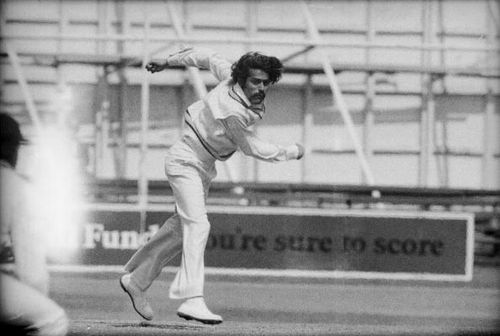
Bhagwat Chandrasekhar
For this spot, there has to be no compromise. I want the best Indian spinner of all time – in my opinion the best spinner of all time, the best of the famed spin quartet, the best bowler for India overseas. At his worst, he was a somewhat erratic leggie who confused batsmen; at his best Bhagwat Chandrasekhar was unplayable. A withered arm due to polio would add to the tour de force element. Think of it – you have played out Holding and Garner/Barnes and even Botham and Kapil and you are looking to cash in on the second change and part-time bowlers. And then you have to face Chandra. Simply priceless.
The twelfth man
The mind says Bobby Simpson. The heart says Eknath Solkar. There are times when you just have to listen to your heart.